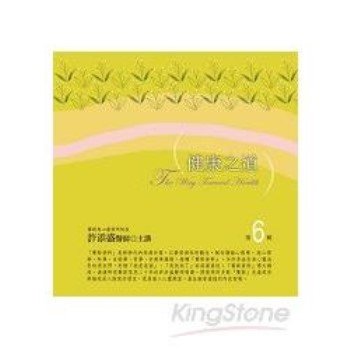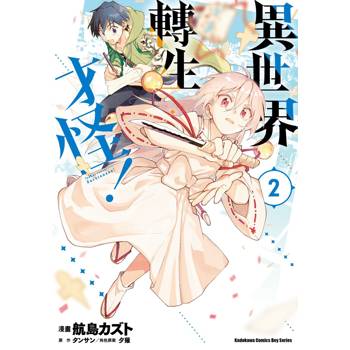Contemporary literature gathers in a commemorative site the remains of H/history and its own story by erecting literary tombs. Necrofiction and The Politics of Literary Memory argues that current narratives of the aftermath enable writers to honour the past while casting off its burdensome legacy, and to dismantle while reassembling affective, political, and aesthetic communities. The genre is defined and discussed in relation to other literary forms such as trauma writing, historical novels, archival narratives, biofiction, or field literature. Necrofiction fulfils in distinct ways the social and artistic function of an individual or collective act of remembrance of a lost family member or a historical figure. At the same time, it offers a creative space in which the authors can overcome the burden of literary tradition by incorporating existing models and devices into their own poetic art while as demonstrated by the works of five writers whose personal and artistic trajectories transcend political, cultural, and linguistic frontiers: Linda Lê, Patrick Modiano, Assia Djebar, Patrick Chamoiseau, and Maylis de Kerangal. By examining the ways in which fiction both reflects and resists what Achille Mbembe has defined as "necropolitics," Necrofiction and The Politics of Literary Memory delves into the contentious yet intimate relationship between singular models of literary remembrance and the frameworks of hegemonic discourses.
| FindBook |
|
有 1 項符合
panaite的圖書 |
 |
$ 9000 | Necrofiction and the Politics of Literary Memory
作者:Panaite 出版社:Liverpool University Press 出版日期:2022-07-01 語言:英文 規格:精裝 / 216頁 / 普通級/ 初版  看圖書介紹 看圖書介紹
|
|
|
圖書介紹 - 資料來源:博客來 評分:
圖書名稱:Necrofiction and the Politics of Literary Memory
內容簡介
作者簡介
Oana Panaïté is Ruth N. Halls Professor of French and Francophone Studies at Indiana University-Bloomington and the author of Des littératures-mondes en français. Écritures singulières, poétiques transfrontalières dans la prose contemporaine (2012) and The Colonial Fortune of Contemporary Fiction in French (2017).
|











